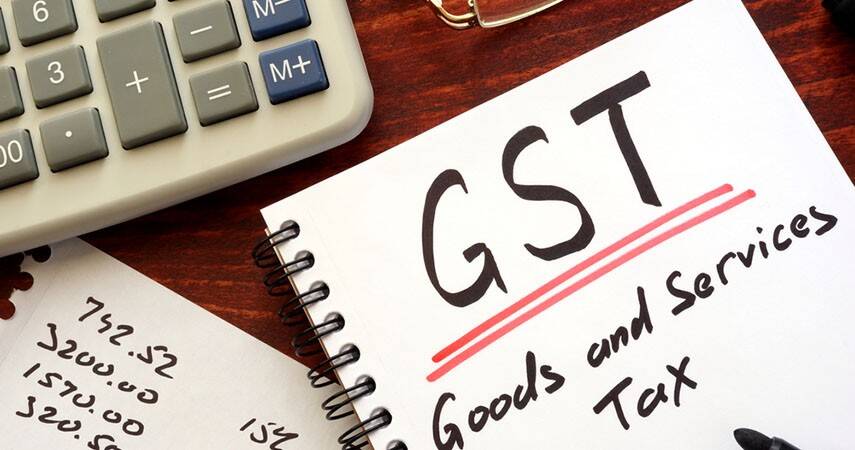According to The Empowered Committee of State Finance Ministers, GST will replace 17 indirect tax. These would be divided among the Central taxes and the state taxes and levies.
The GST Council has decided that a four-tier GST tax structure of 5, 12, 18 and 28 per cent, with lower rates for essential items and the highest for luxury and de-merits goods that would also attract an additional cess would be introduced. However, essential items including food, which presently constitute roughly half of the consumer inflation basket, will be taxed at zero rates. This step has been taken in order to check inflation.
A four-tier GST tax structure of 5, 12, 18 and 28 per cent, with lower rates for essential items and the highest for luxury and de-merits goods that would also attract an additional cess, was decided by the all-powerful GST Council on Thursday. With a view to keeping inflation under check, essential items including food, which presently constitute roughly half of the consumer inflation basket, will be taxed at zero rates.
The lowest rate of 5 per cent would be levied on common use items. There would be two standard rates of 12 and 18 percent of the Goods and Services Tax (GST) regime that has been targeted to be rolled out from April 1, 2017.
The second category of 5 percent will be on items of mass consumption which are used particularly by common people.
The third category of the standard rate of 12 and 18 percent would include most of the goods and services, used by common man like soap, toothpaste.
The fourth slab of 28 percent would be applicable mainly on white goods, on which the present tax incidence is 30-31 percent.
However, the Finance Minister Arun Jaitley said highest tax slab will be applicable to items which are currently taxed at 30-31 percent (excise duty plus VAT).
Luxury cars, tobacco and aerated drinks would also be levied with an additional cess on top of the highest tax rate. However, the finance minister has said that there is a difference between cars and luxury cars. Cars will come under 28 percent, but luxury cars owners can afford to pay a little more.
The Cess collected from here as well as from clean energy would create a revenue pool which would be used for compensating states for any loss of revenue during the first five years of implementation of GST.
As compensation to the states, for loss of revenue from the rollout of GST, about Rs, 50,000 crore would be needed. This would subsume a host of central and state taxes like excise duty, service tax and VAT, in the first year.
The Tax rate will be finalised only after the Government’s assent which will happen when it meets for the winter session from November 19.







